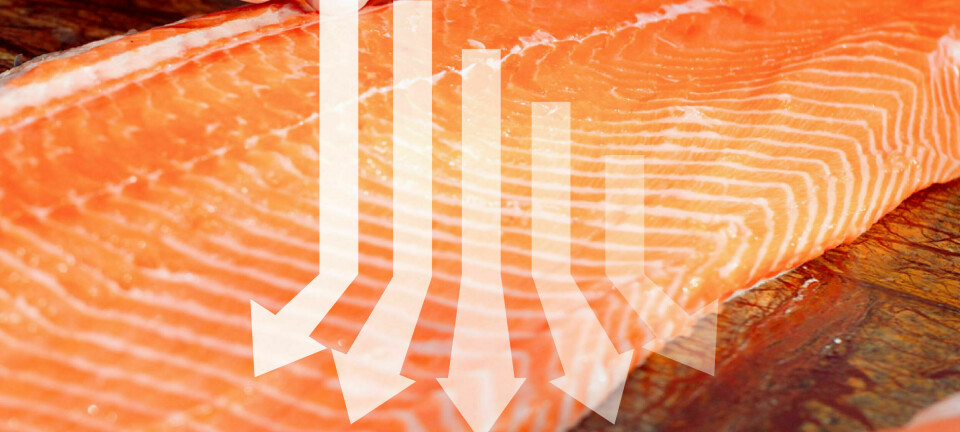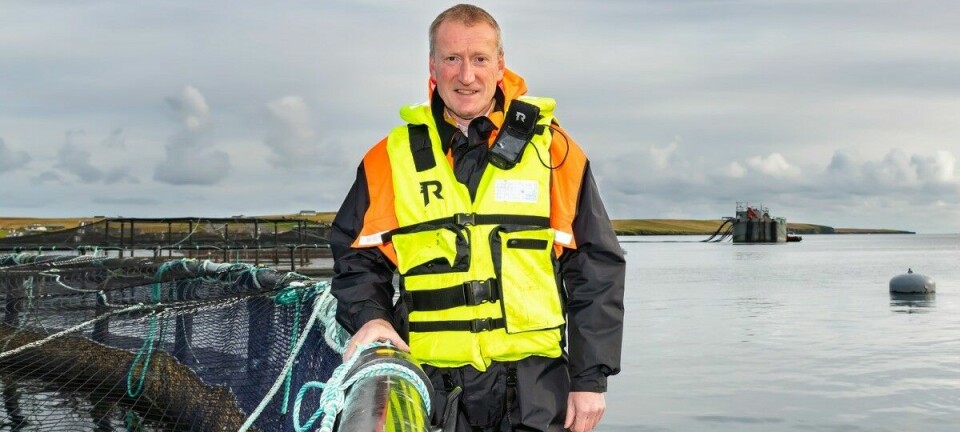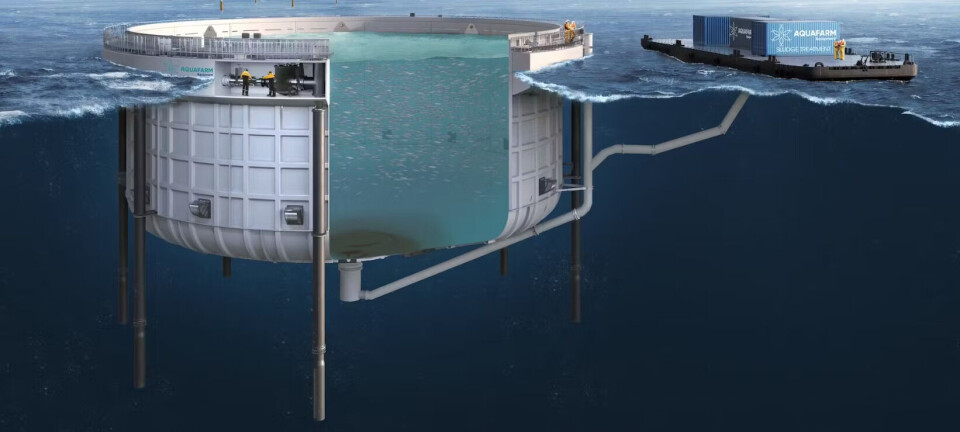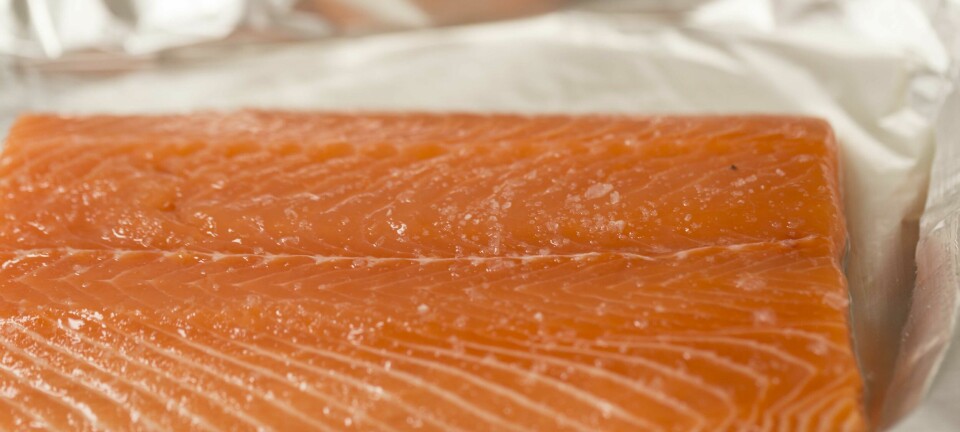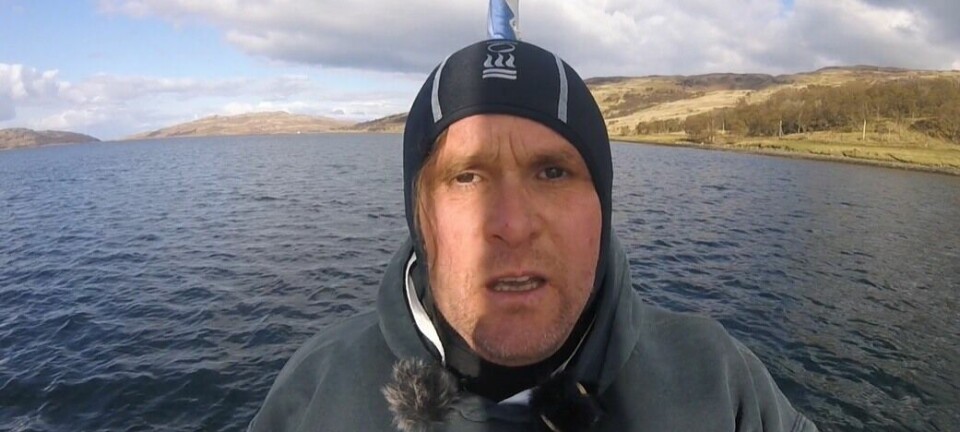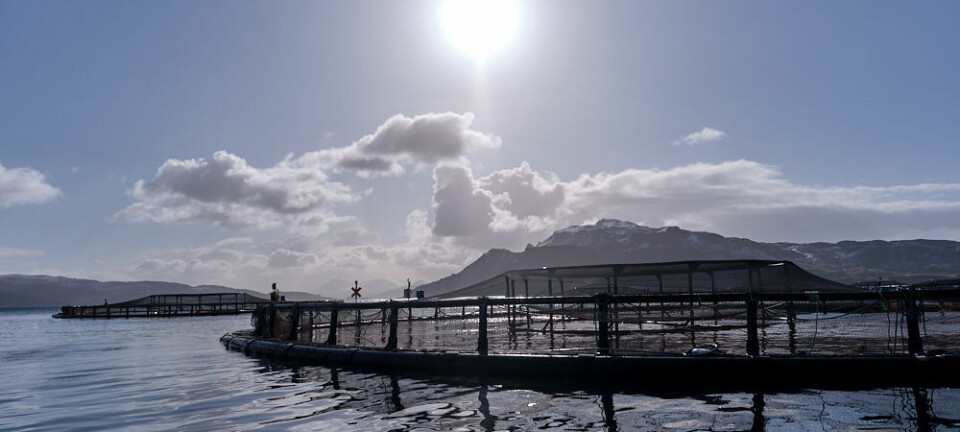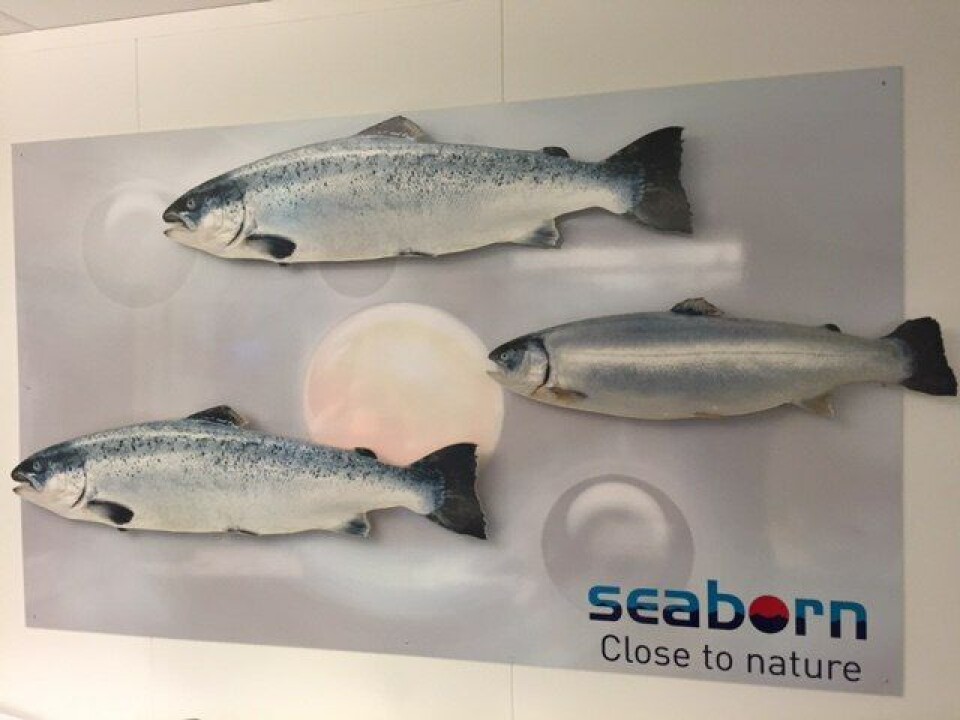
The ’born supremacy
The Norwegian salmonid export co-operative Seaborn, which is jointly owned by a number of salmon producers, has seen business boom in 2015, with more farmers selling through the co-operative venture and exports benefitting from the devaluation of the Norwegian kroner.
“Seaborn is buying more fish from breeders in Norway than ever. We are expanding and will sell over 70,000 tonnes of salmon this year. We have reached three billion in revenue, which is a milestone for us,” says Frank Yri, deputy MD.
Seaborn was founded in 2001 by several family-owned companies and now employs 30 people in Bergen and Sweden. This December their sales have increased by 20 per cent compared to 2014.
“Sales this month will be worth approximately NOK 500 million and we will sell approximately 8,500 tonnes of salmon, up from 6,500 tonnes in December 2014,” says Yri.
“For us it has been a wonderful December, with increased sales volume and harvest volumes. We are increasing in volume and taking market share. The market for Norwegian salmon is very good, despite prices topping NOK 50 per kg,” Yri told kyst.no, “and the weak Norwegian krone is very positive for the export industry.”
The company has also seen an increase in demand for VAP and fresh salmon this month.
“We sell in 54 countries and there’s really good demand for 1.3 kg salmon as well as 3+. The fish is sent normally to Europe, Asia and USA. Prices are expected to remain high throughout the Q1-2 but customers are prepared for this,” he explains.
The company is experiencing strong growth in the US and Asia, markets which they have focused on.
“The US market is, for us, even stronger. We see indications that Chilean production will fall and we therefore see a possibility of increased sales in the States. We also see increasing interest from Australia, the Middle East and India, which we see as very exciting in the future,” he adds.
Seaborn sends salmon and trout with planes 3-4 times a week to Asia, Middle East and USA. The company states that they have even increased salmon production by 10-11 per cent in Norway as more farmers choose to sell through the co-operative.
“The increase primarily means that we have more fish, why more farmers choose us is because we are competitive and owned by farmers themselves. They feel an affinity, and good cooperation between farmers and exporters is the key to success,” he concludes.

